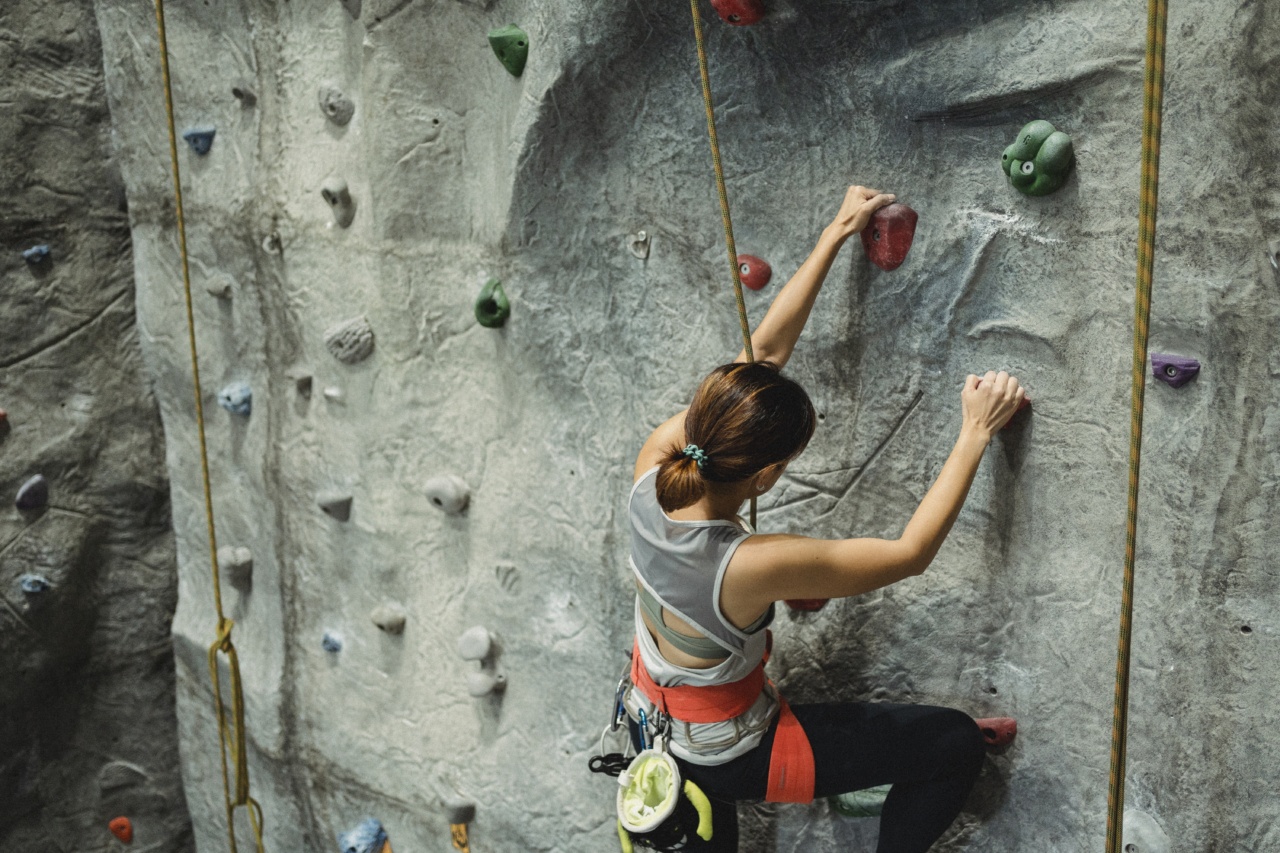Exercise is an important activity for maintaining good health. It helps to build up muscles, increase endurance, and make bones stronger. However, with exercise comes the risk of injury, including exercise-induced tendonitis.
Tendonitis is the inflammation of a tendon, which can cause pain, swelling, and difficulty moving the affected joint. In this article, we will explore the risks of exercise-induced tendonitis and provide some tips on how to avoid this condition.
What is Tendonitis?
Tendons are tough, fibrous bands that connect muscles to bones. When you use your muscles, the tendons pull on the bones, allowing you to move your joints.
Tendonitis occurs when a tendon becomes inflamed, which can be caused by overuse, repetitive movements, or a sudden injury. Common areas affected by tendonitis include the elbows, shoulders, Achilles tendon, and wrists.
Risks of Exercise-Induced Tendonitis
Exercise-induced tendonitis is a type of tendonitis that occurs due to repetitive movements or overuse during exercise. When you exercise, you put stress on your tendons, which can cause them to become inflamed.
Some of the risks associated with exercise-induced tendonitis include:.
1. Overtraining
Overtraining is one of the biggest risk factors for exercise-induced tendonitis. When you exercise too much and do not allow your body to rest and recover, you increase your risk of developing tendonitis.
This is because overtraining can cause tiny tears in the tendons, which can lead to inflammation and pain.
2. Incorrect Form or Technique
When you exercise, it is important to use the correct form and technique. Incorrect form can put extra stress on your tendons and increase the risk of tendonitis.
This is particularly important when lifting weights or doing exercises that require repetitive motions.
3. Intensity of Exercise
The intensity of your exercise can also increase your risk of tendonitis. High-intensity exercises, such as running or jumping, can put a lot of stress on your tendons, increasing the risk of inflammation and injury.
4. Lack of Flexibility and Mobility
A lack of flexibility and mobility can also increase your risk of tendonitis. If your muscles and tendons are not flexible, they can become tight and put extra stress on your tendons during exercise. This can cause inflammation and pain over time.
5. Age
As we age, our tendons become less elastic and more prone to injury. This can increase the risk of tendonitis, especially if you participate in high-impact exercises such as running or jumping.
Tips for Avoiding Exercise-Induced Tendonitis
Fortunately, there are several things you can do to avoid exercise-induced tendonitis:.
1. Start Slowly
One of the best ways to prevent exercise-induced tendonitis is to start slowly and gradually increase the intensity of your workouts. This allows your tendons to adapt and become stronger over time.
2. Use Correct Form and Technique
Using the correct form and technique when exercising can help reduce the risk of tendonitis. If you are unsure about how to do an exercise properly, ask a trainer for assistance.
3. Increase Flexibility and Mobility
Regular stretching and mobility exercises can help improve the flexibility of your muscles and tendons, reducing the risk of tendonitis. Incorporate exercises such as yoga or Pilates into your fitness routine.
4. Get Enough Rest
Rest is important for allowing your body to recover from exercise. Make sure you give your muscles and tendons enough time to recover between workouts.
5. Use Appropriate Equipment
Using appropriate equipment, such as proper shoes for running or weightlifting gloves, can help reduce the risk of tendonitis. Good equipment can help reduce the amount of stress on your tendons during exercise.
Conclusion
Exercise-induced tendonitis is a painful and potentially debilitating condition that can be caused by a variety of factors.
By taking steps to avoid this condition, such as using correct technique, increasing flexibility, and getting enough rest, you can continue to exercise regularly without putting yourself at risk for injury.































